Nội Dung Chính
(Page 29)
II. LANGUAGE
Pronunciation
Linking final consonants to initial vowels
💡Remember!
• When we speak naturally, we don't pause between most words. We usually link the end and beginning of some words so that they are easy to say and flow together smoothly.
• Consonant-to-vowel linking is very common and occurs between a word ending with a consonant sound and a word beginning with a vowel sound.
1. Listen and repeat. Pay attention to the linking (-) between the words in the sentences.
1. He lives in the city centre.
2. Cities of the future will be more exciting.
3. The new high-rise building is in the west of the city.
4. A lot of people come to the city to walk across the famous bridge.
2. Listen and mark (-) the consonant and vowel sounds that are linked. Then practise saying the sentences. 🎧
1. Traffic jams are the city's biggest problem, especially during rush hour.
2. This is the most beautiful city I've ever visited.
3. Would you like a guided tour of the city this afternoon?
4. The Fine Art Museum was built in the new urban area last year.
(Page 30)
Vocabulary
Cities and smart living
1. Match the words and phrases with their meanings.
| 1. city dweller (np) | a. a garden built on the top of a building |
| 2. infrastructure (n) | b. a very tall, modem building, usually in a city |
| 3. urban centre (np) | c. a person who lives in the city |
| 4. roof garden (n) | d. basic systems such as transport, banks, etc. needed for a city, country or organisation to run smoothly |
| 5. skyscraper (n) | e. an area in a city where a large number of people live |
2. Complete the sentences using them correct forms of the words and phrases in 1.
1. Building a good _____ is important for the country's economy.
2. The new underground has allowed _____ to get around more easily.
3. With the help of technology, people can now grow vegetables in _____ of high-rise buildings.
4. The _____ attracts people's attention because of its unusual architecture.
5. More people are moving away from the _____ of large cities to the suburbs.
Grammar
Stative verbs in the continuous form
💡Remember!
Stative verbs describe a state rather than an action.
They often refer to thoughts and opinions (e.g. agree, believe, remember, think, understand), feelings and emotions (e.g. hate, love, prefer), senses (e.g. appear, feel, hear, look, see, seem, smell, taste) and possession (e.g. belong, have, own).
They are not normally used in the continuous form. However, some stative verbs can be used in the continuous form to describe actions, depending on the context.
Example: My dad has a new car.
He is having a good time.
1. Choose the correct forms of the verbs to complete the following sentences.
1. I think / am thinking that living in the city is good for young people.
2. We are thinking / think of moving out of the city.
3. I don't see / am not seeing the building. It's too far away.
Linking verbs
💡Remember!
A linking verb is used to link the subject with an adjective or a noun that describes or identifies the subject. Common linking verbs include be, seem, look, become, appear, sound, taste, and smell.
Example: My mum looks very tired.
We became friends.
2. Find and correct the mistakes in the following sentences.
1. The urban lifestyle seems more excitingly to young people.
2. The museum looks beauty from a distance.
3. Widening the road sounds a good solve to traffic problems in the area.
(Page 31)
3. Work in pairs. Talk about future developments in your neighbourhood. Use stative verbs in continuous form and linking verbs.
Example:
A: The government is thinking of building a new skyscraper here.
B: Fantastic! Our city will look more modern.
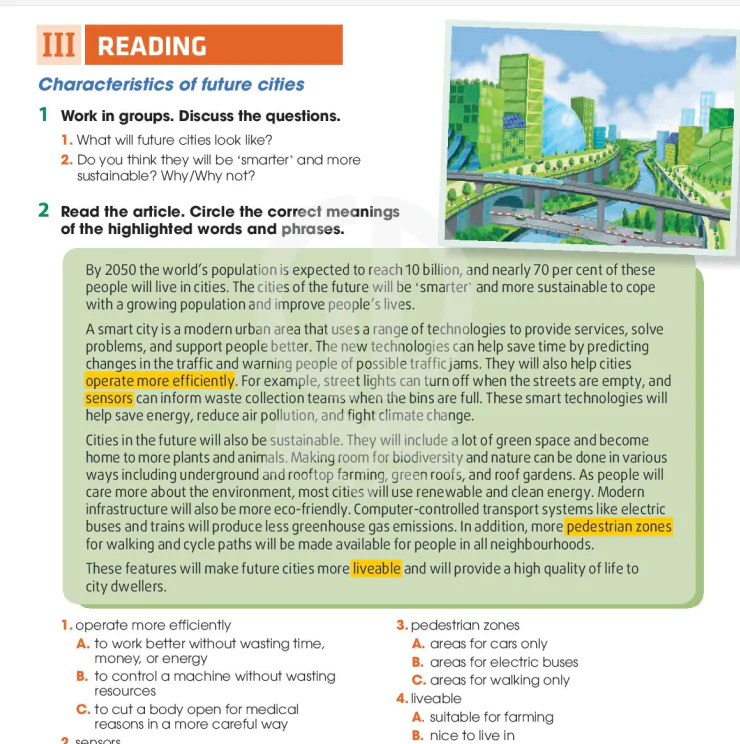
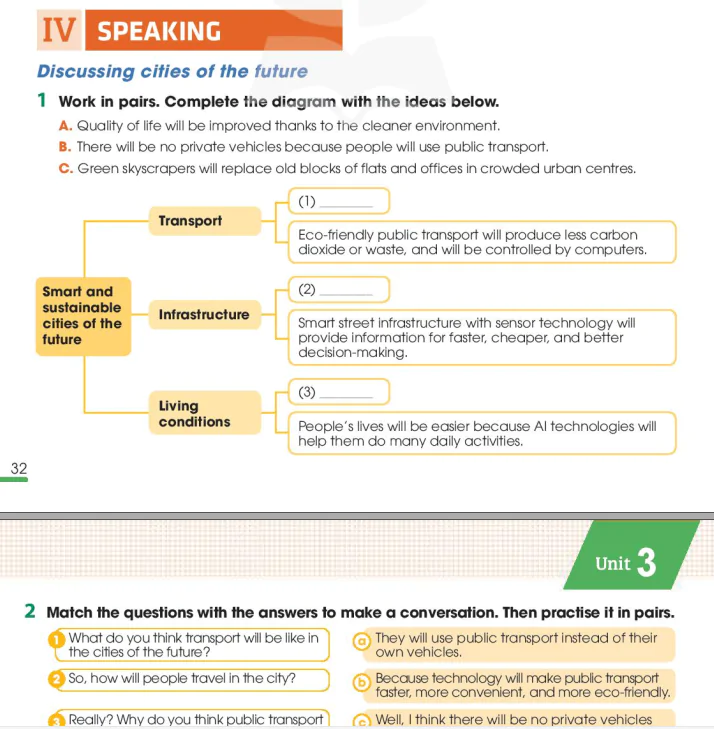
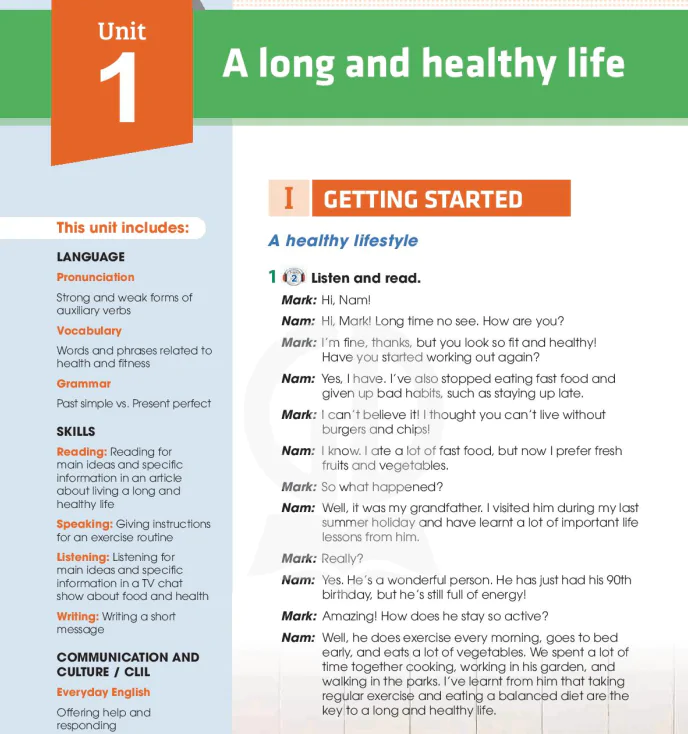
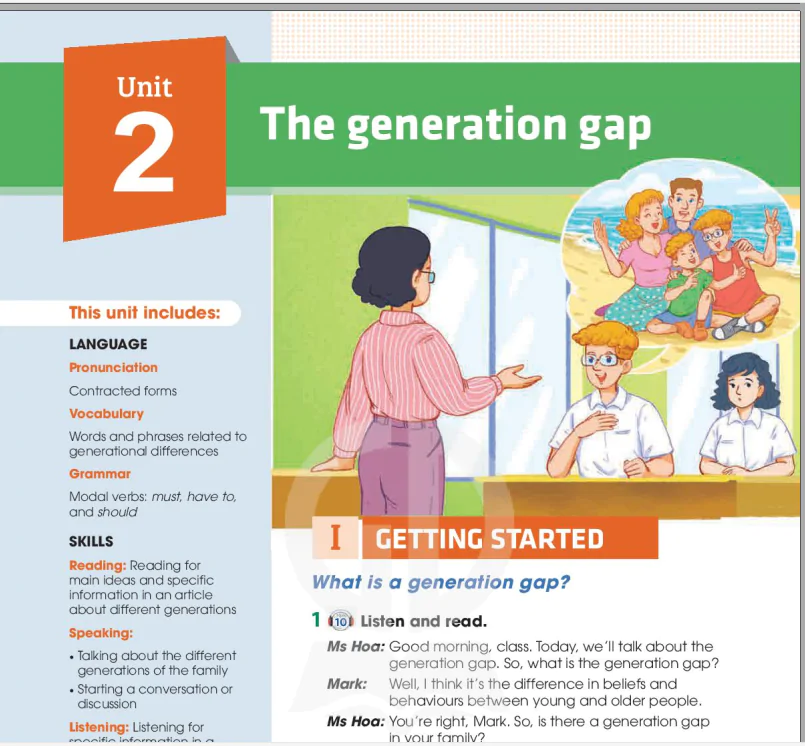
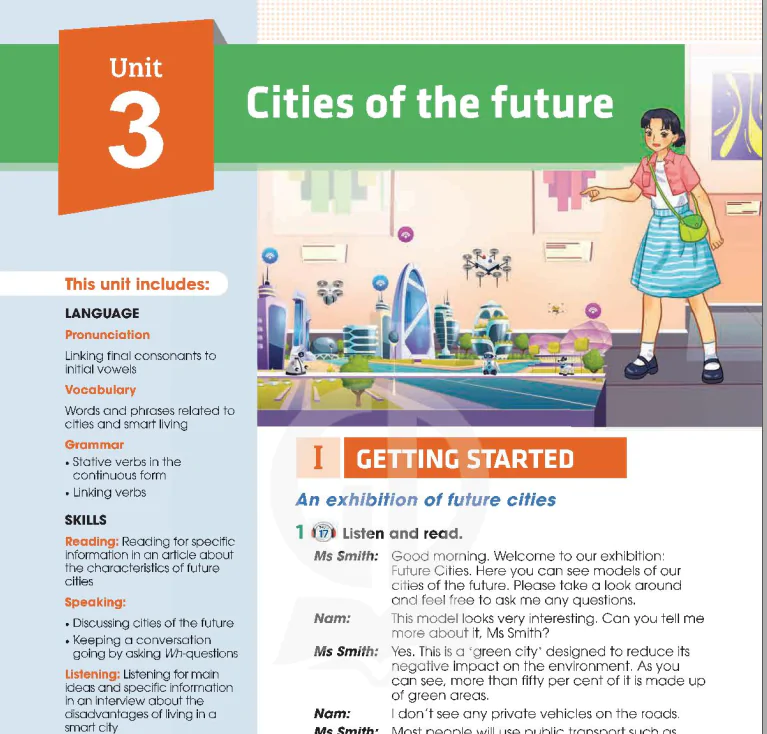
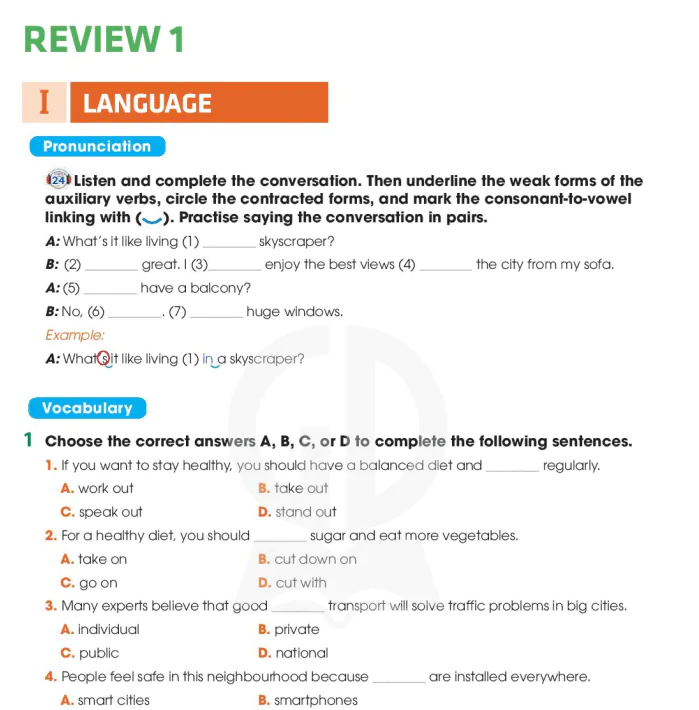
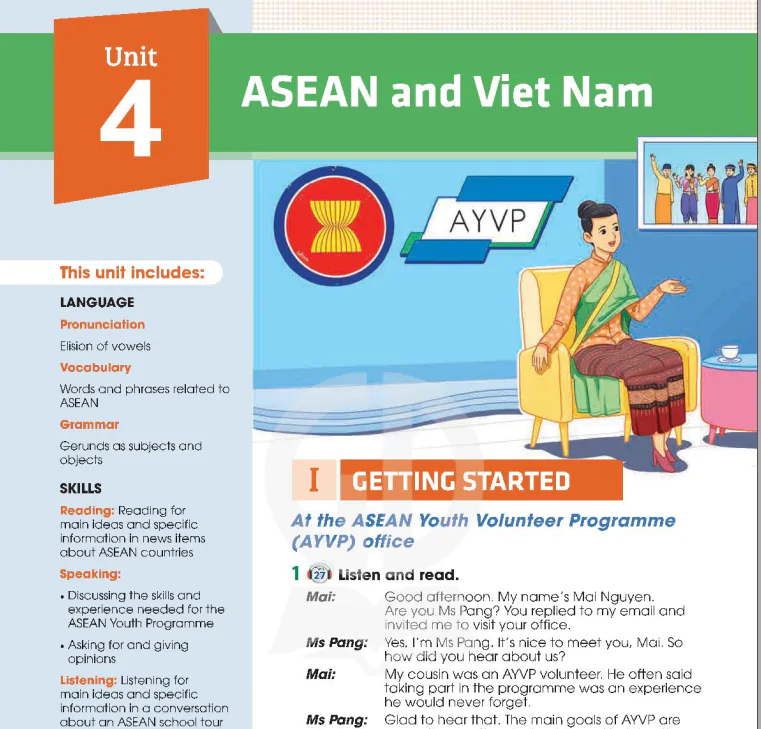
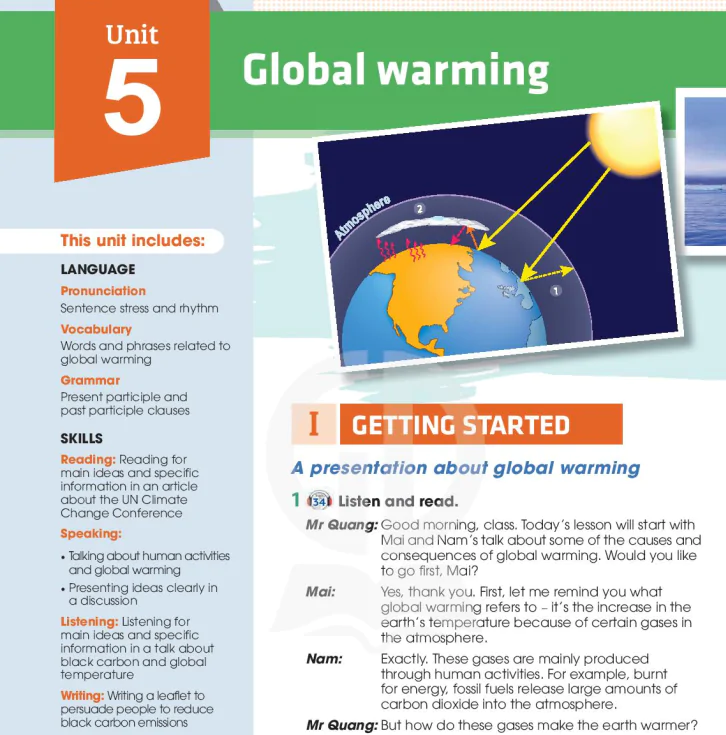
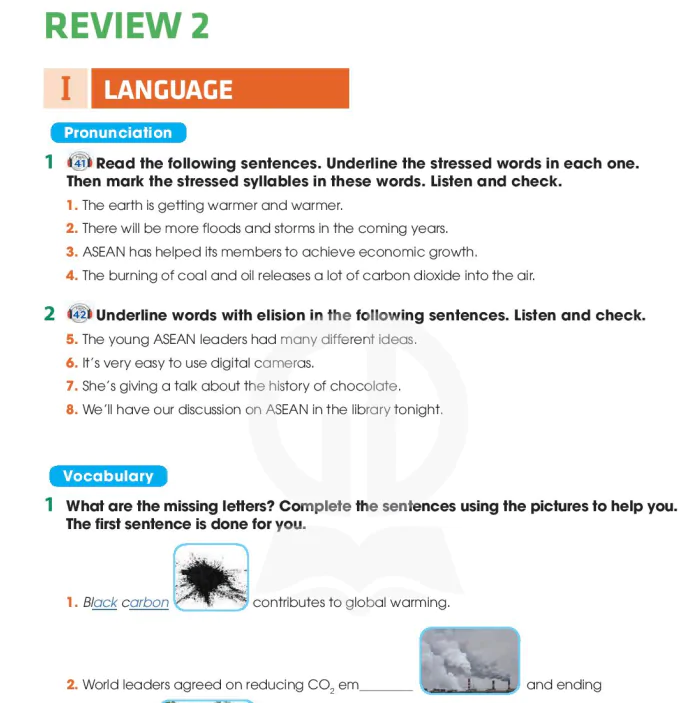
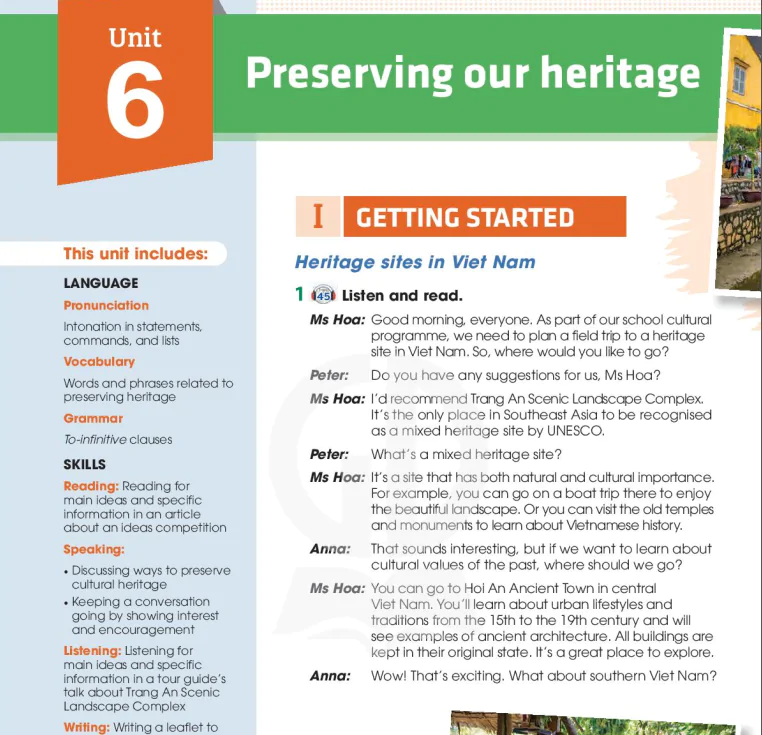

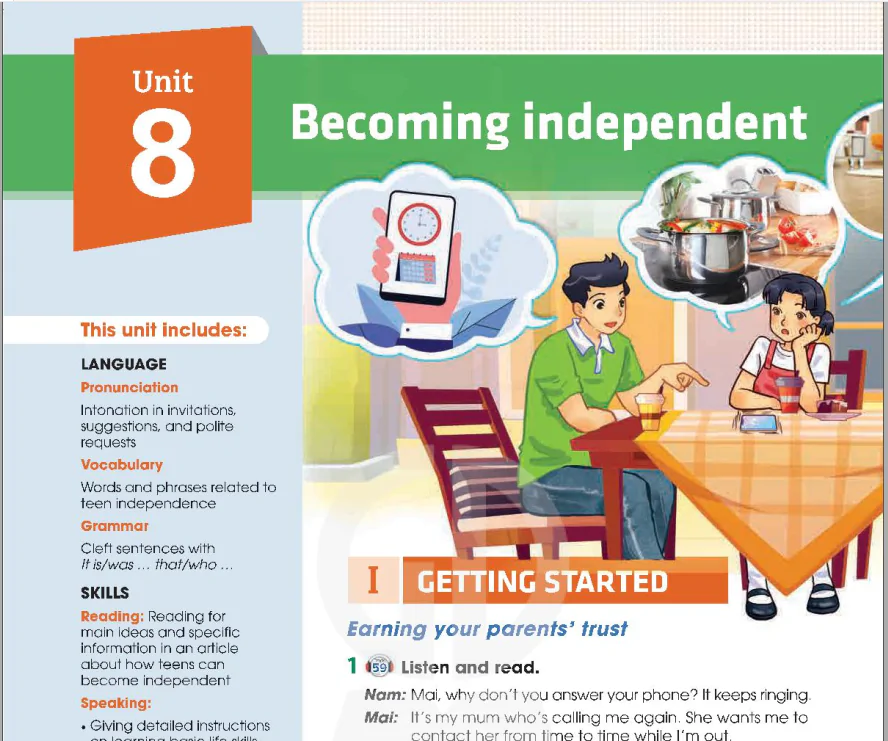
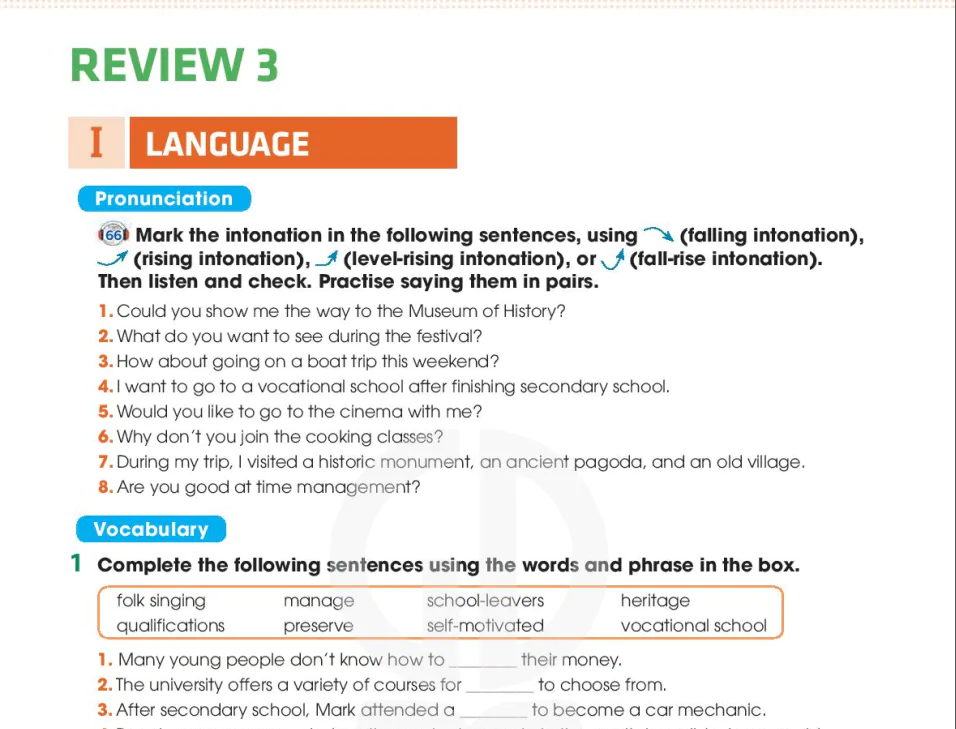
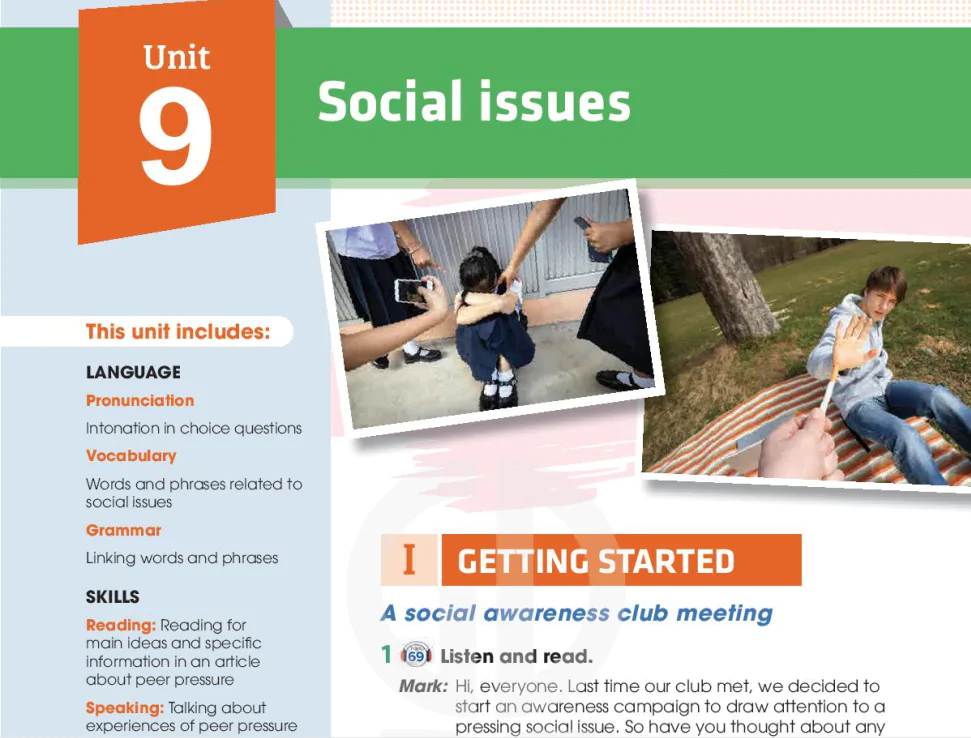
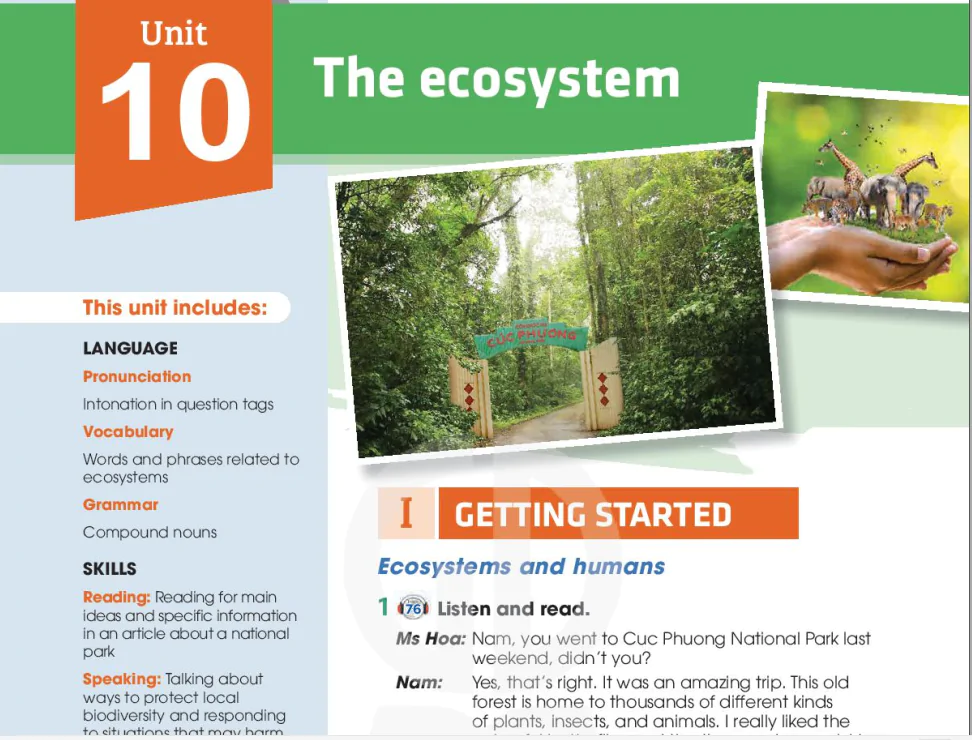
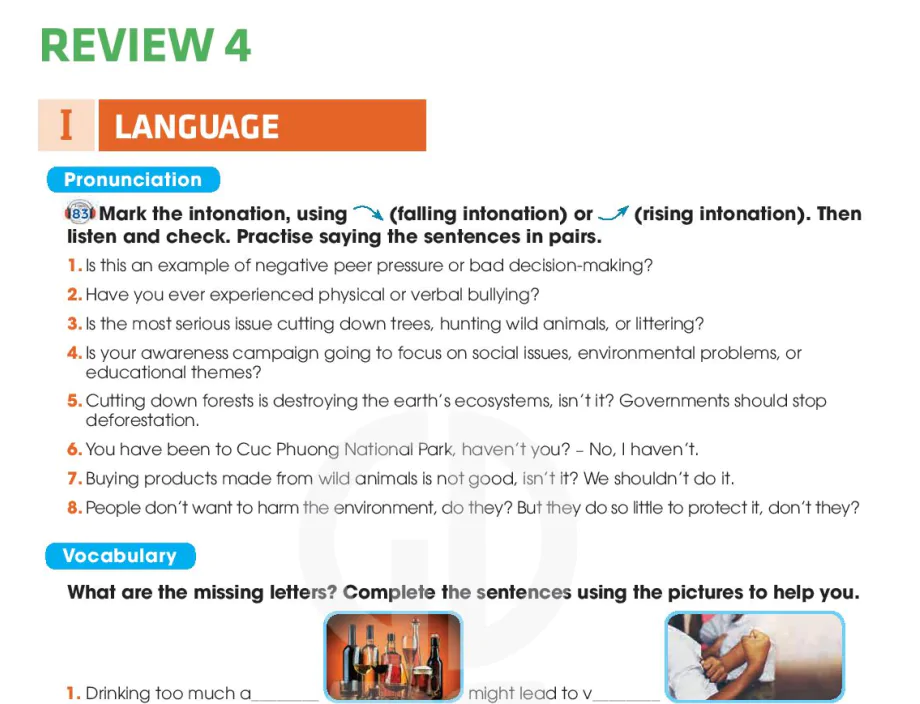

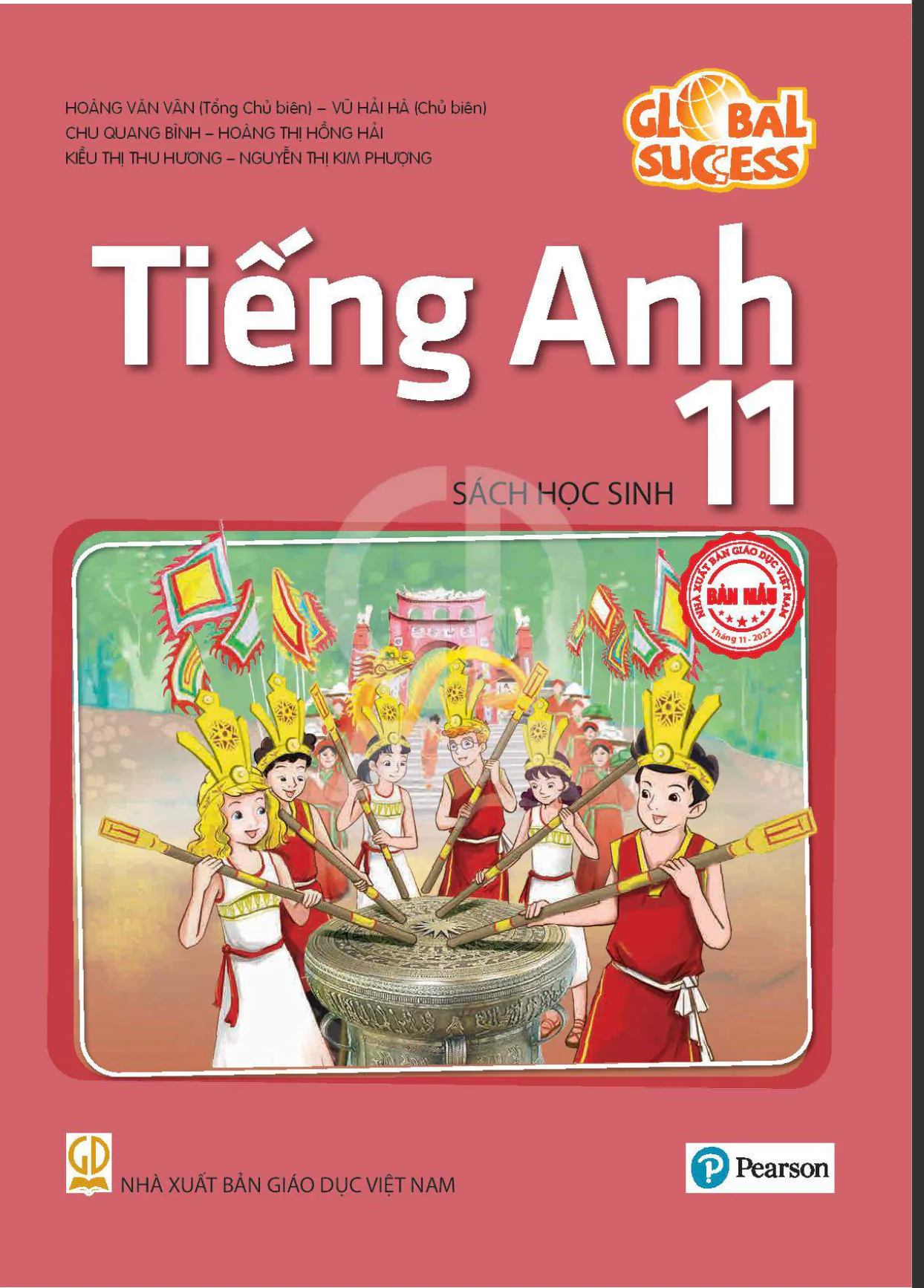

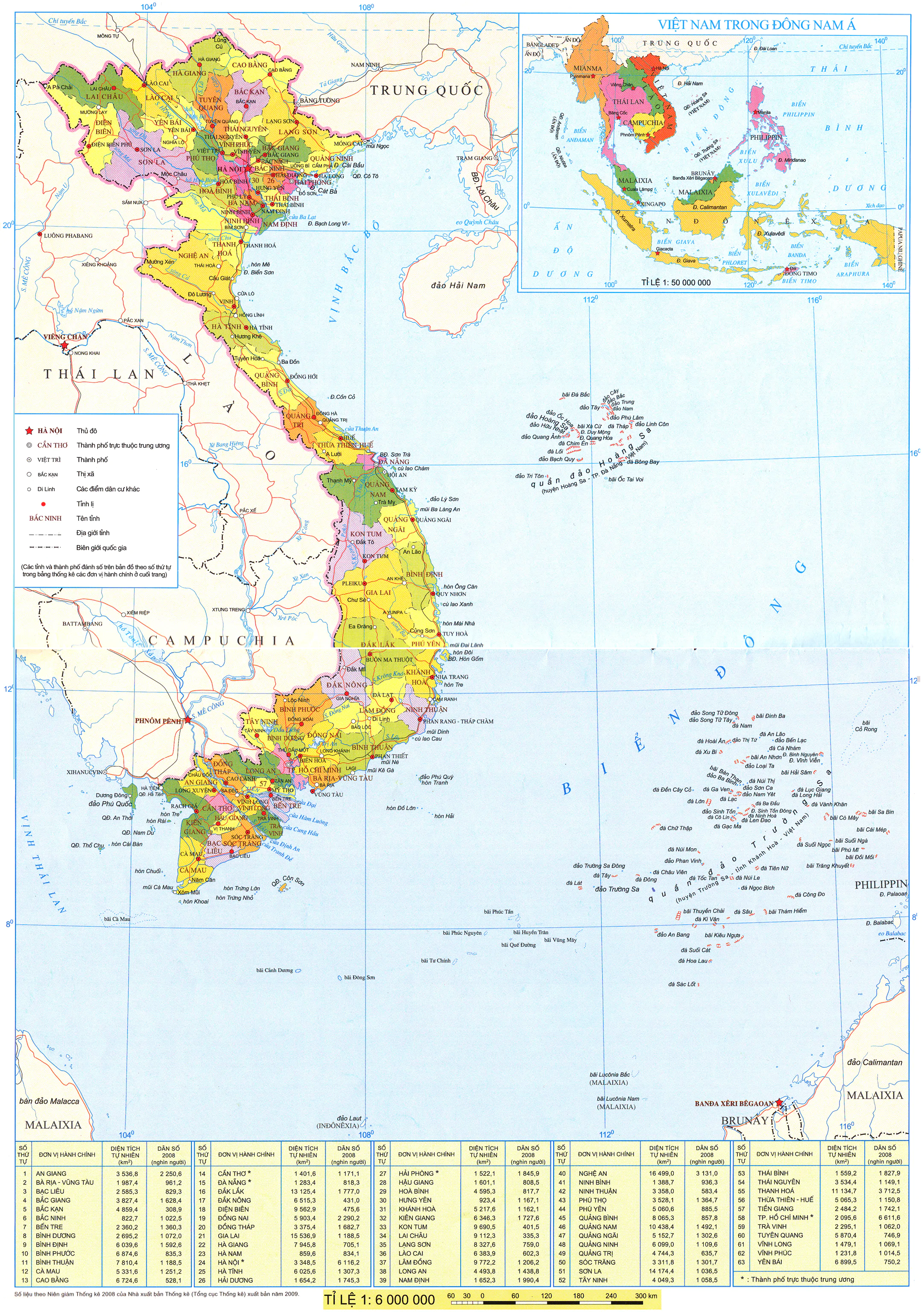
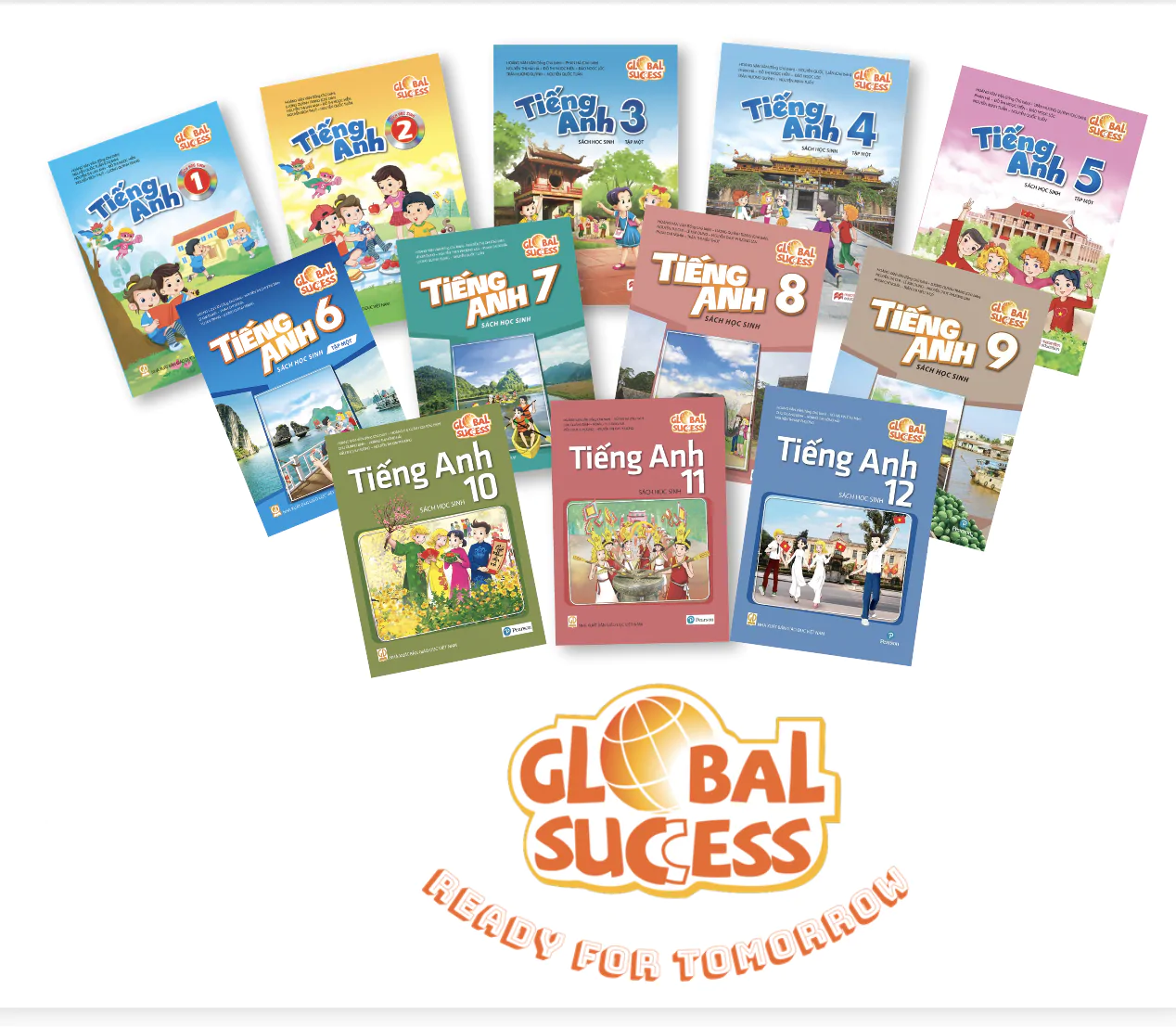














Bình Luận
Để Lại Bình Luận Của Bạn